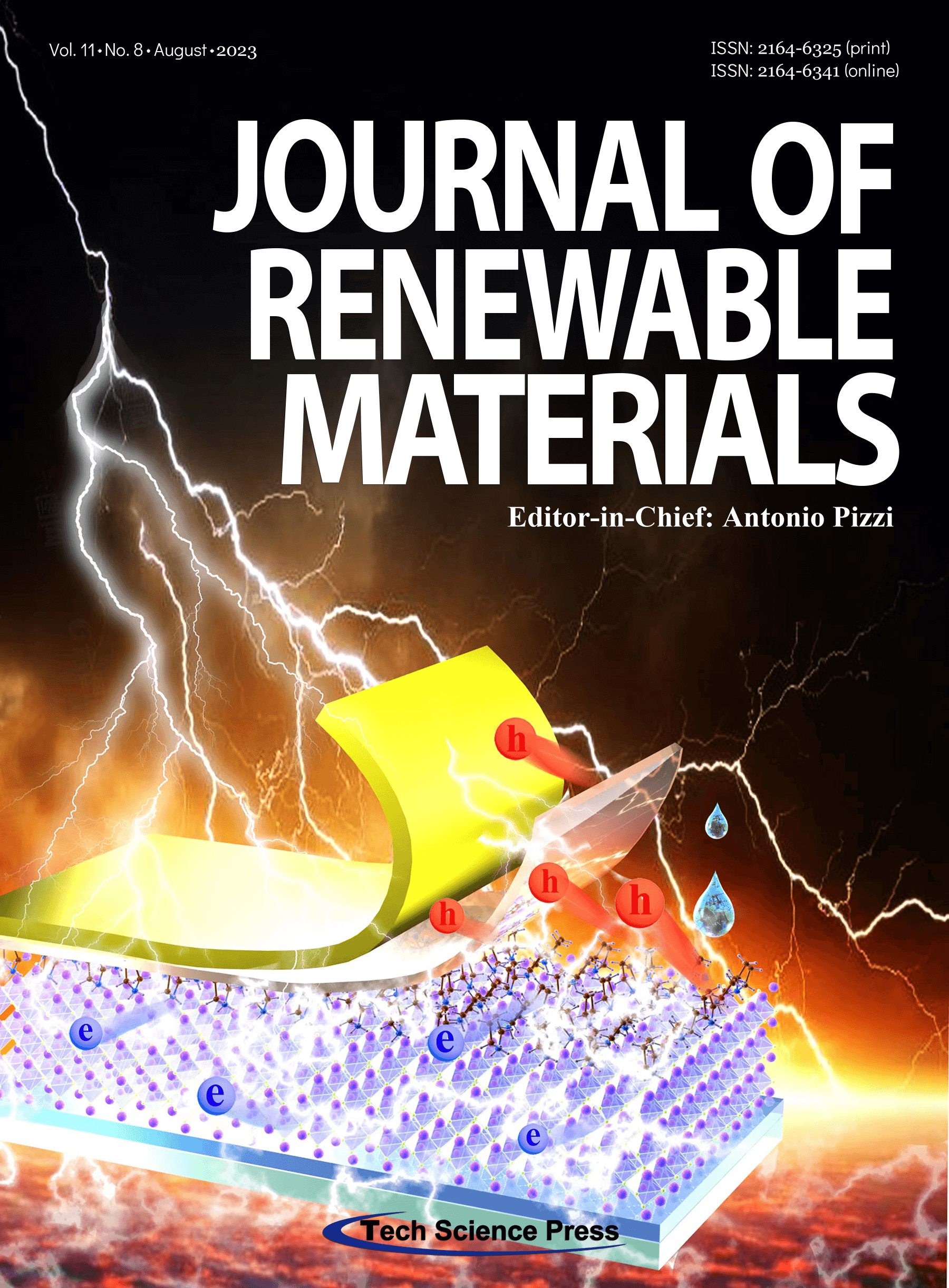Study on Mechanical Properties of High Fine Silty Basalt Fiber Shotcrete Based on Orthogonal Design
Jinxing Wang1,2,3, Yingjie Yang1,2,3, Xiaolin Yang1,2,3, Huazhe Jiao1,2,3,4,*, Qi Wang1,2,3, Liuhua Yang1,2,3, Jianxin Yu1,2,3, Fengbin Chen1,2,3
Journal of Renewable Materials, Vol.11, No.8, pp. 3351-3370, 2023, DOI:10.32604/jrm.2023.027512
- 26 June 2023
Abstract In order to improve the comprehensive utilization rate of high fines sand (HFS) produced by the mine, full solid
waste shotcrete (HFS-BFRS) was prepared with HFS as fine aggregate in cooperation with basalt fiber (BF). The
strength growth characteristics of HFS-BFRS were analyzed. And the fitting equation of compressive strength
growth characteristics of HFS-BFRS under the synergistic effect of multiple factors was given. And based on
the orthogonal experimental method, the effects on the compressive strength, splitting tensile strength and flexural strength of HFS-BFRS under the action of different levels of influencing factors were investigated.… More >
